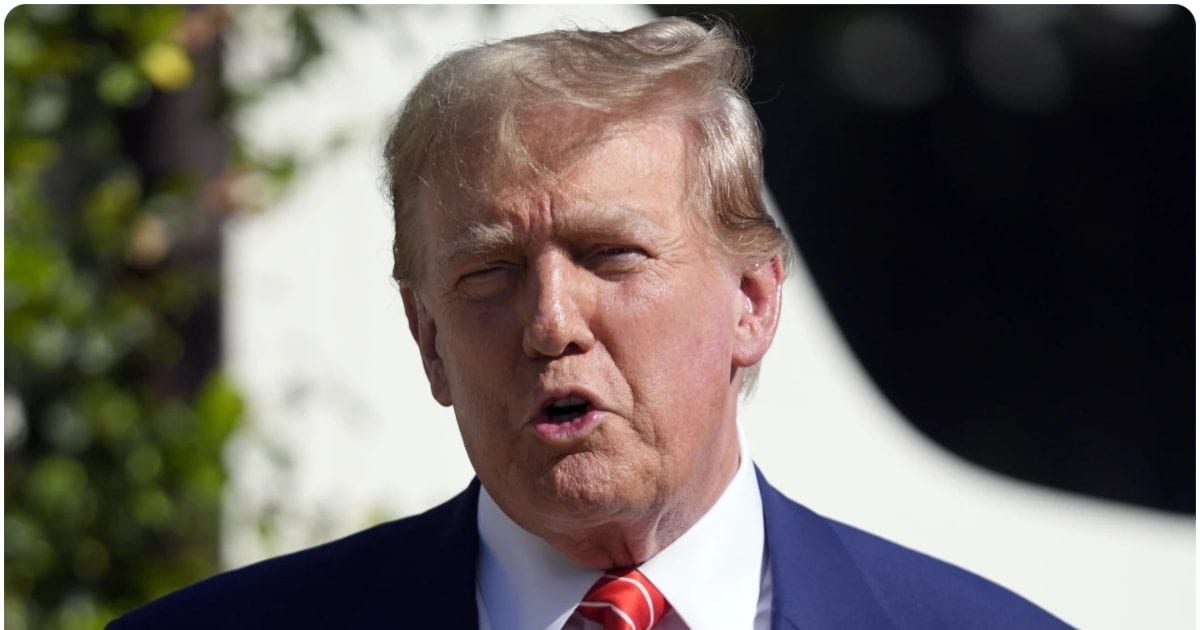Assets wrapped such as WBTC, LBTC, TBTC and SOLVBTC they can put in staking.
Those tokens are representations of Bitcoin (BTC), and not “real” bitcoin.
Starknet, a layer 2 solution for Ethereum, announced through its X account that will activate Bitcoin Staking (BTC) on its main network on September 30, 2025.
The measure will allow BTC holders to participate in network safety and obtain rewards, using wrapped assets (which represent Bitcoin in another network, but are not BTC) like WBTC, LBTC, TBTC and SOLVBTCas detailed in the Published message September 11.
Through governance, users can add other tokens that represent BTC in the Starknet chain.
Starknet is a second layer (L2) of Ethereum, so its validation and standking system works similar to that of its base network. In this sense, Starknet’s statement clarifies that the system will assign a weight of 0.25 to the BTC Staking in the consensus mechanismwhich represents 25% of the decision power, while the remaining 75% will remain in the hands of the Token Strk.
In addition, the period of Unsking (The time to remove blocked coins) It will be reduced from 21 to 7 days, offering greater agility to users and delegates.
To implement this update, Starknet warns that Staking Contracts will be paused for a few hours on September 15 from 10 AM GMT+3, with the aim of integrating the new mechanism.
After the update, the validators and developers will be able to implement BTC delegation groups and begin to integrate with the protocol. The rewards will begin on 30/09.
Starknet equipment, L2 of Ethereum.
On the one hand, this move expands the possibilities defi in other networks for Bitcoin holders. This launch is a testimony of the latent potential that Charles Hoskinson, creator of Cardano, has described as a “sleeping giant” in the context of Bitcoin and Defi, And he reveals that the intention of promoting decentralized finance with BTC does not exist only in Cardano.






Leave a Reply